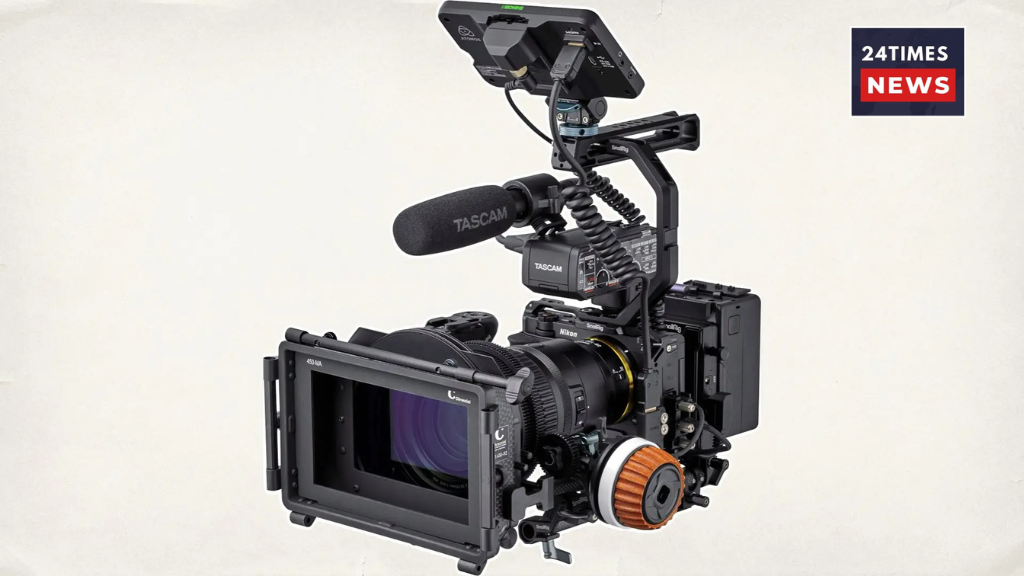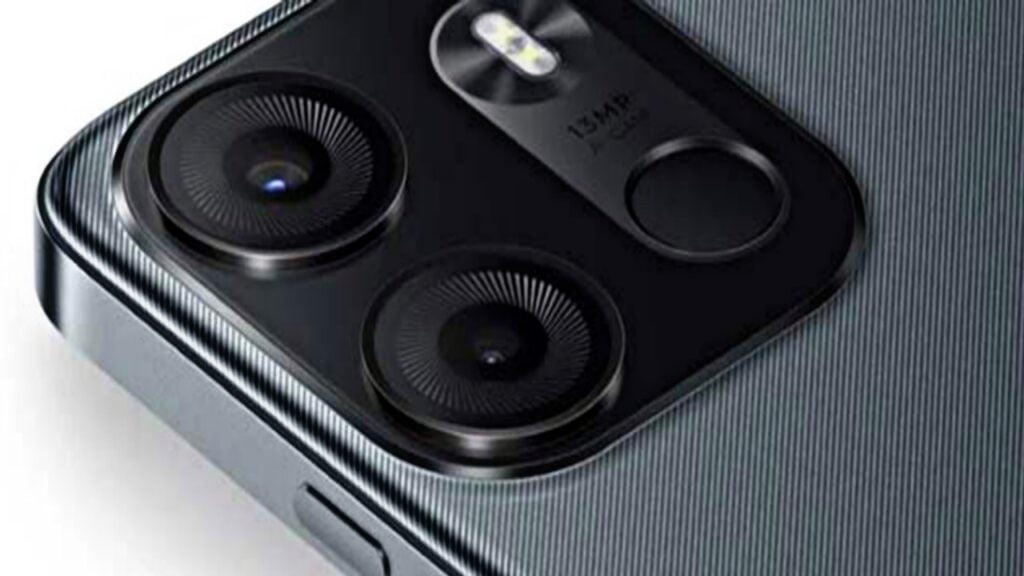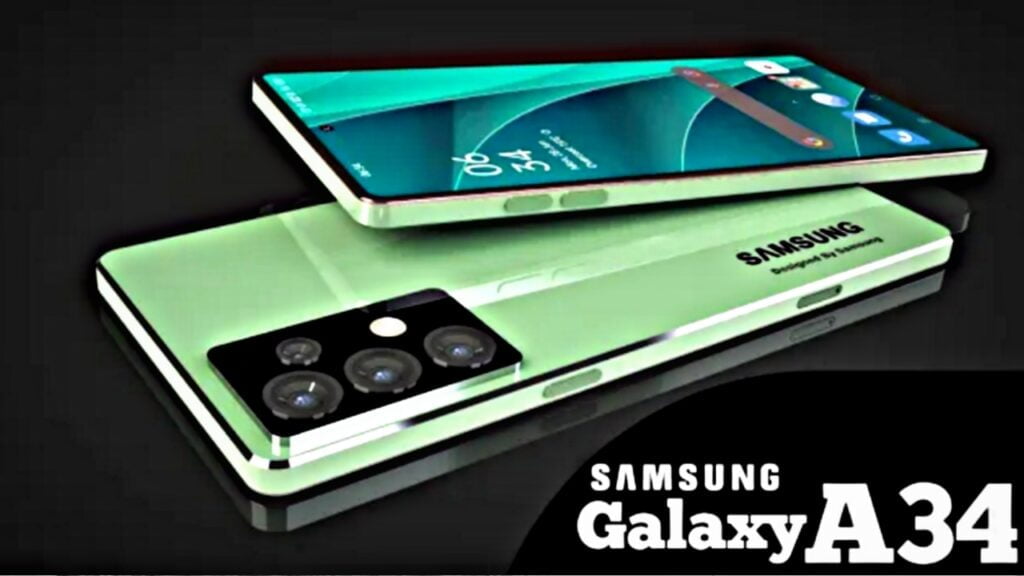Nikon ZR Cinema Camera Launched
RED’s RAW format, 6K footage, dual ISO, and cutting-edge OZO audio are all combined in Nikon’s new ZR cinema camera. The Z CINEMA lineup’s lightest model, at only 540 grams, is designed for filmmakers who are constantly on the go.
The ZR, the newest model in Nikon’s Z CINEMA series, has been released. This camera was developed in partnership with Nikon subsidiary RED Digital Cinema and features a full-frame sensor. With features like 6K recording, cutting-edge audio, and a lightweight body that attempts to strike a balance between professional performance and mobility, the ZR is made for filmmakers and high-end video producers. RED has also unveiled the V-RAPTOR XE, another camera with a cinematic focus, in addition to the ZR.
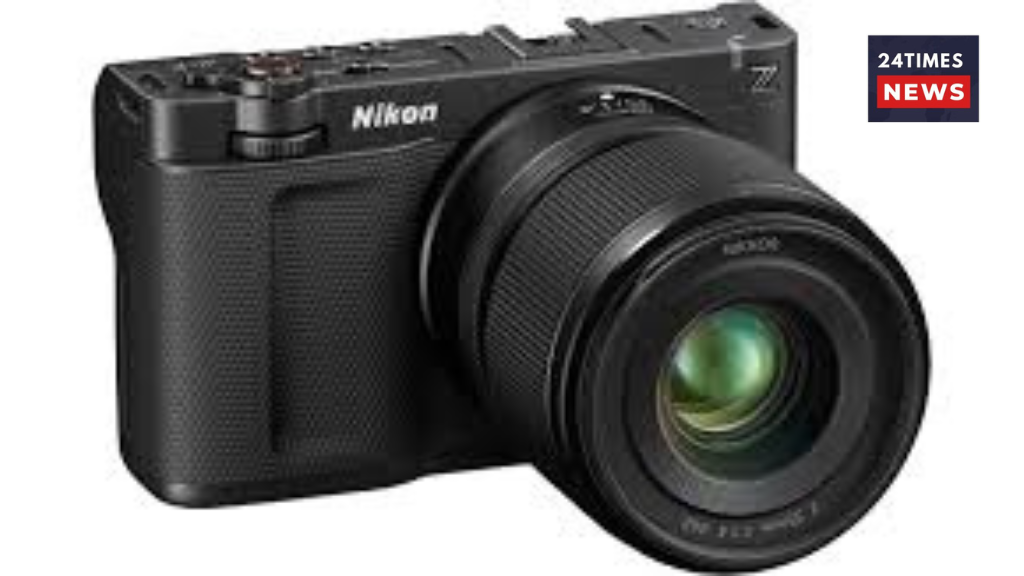
Nikon ZR Cost
The cost of the Nikon ZR is Rs 1,86,995. The ZR is aimed at professional filmmakers rather than average consumers because of its placement in the cinema camera category. Its professional qualities and interoperability with RED’s color science and video technologies are reflected in the pricing.
Details of the Nikon ZR
Up to 6K/59.94p video can be internally recorded by the Nikon ZR using a new codec format called R3D NE, which is based on RED’s RAW video technology. For improved control over light and shadows, it also provides a broad dynamic range of more than 15 stops and two base ISO settings (800 and 6400).
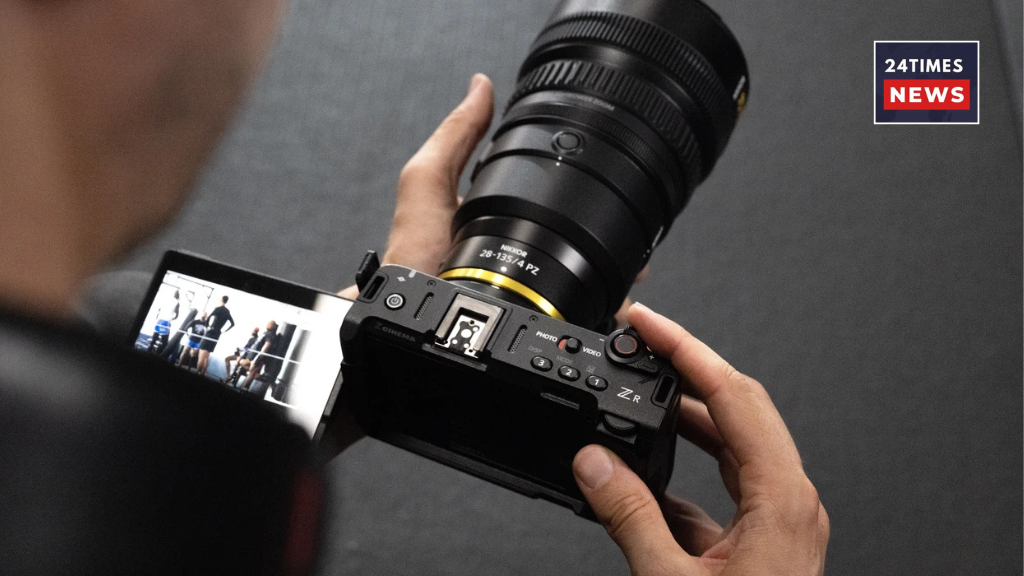
The ZR’s audio capabilities are particularly noteworthy; it is the first camera in the world to allow 32-bit float recording on both external and built-in microphones. It features five distinct pickup patterns for flexible sound capturing and makes use of Nokia’s OZO Audio technology.
The camera features a huge, bright 4-inch screen, 5-axis stabilization to reduce tremor, and AI-based autofocus for precise subject recognition. It is the lightest model in the Z CINEMA line, weighing only about 540 grams in spite of these features.
Additionally, Nikon has included a new digital accessory shoe for microphones and other accessories, as well as support for cloud-based workflows and LUT previews.

